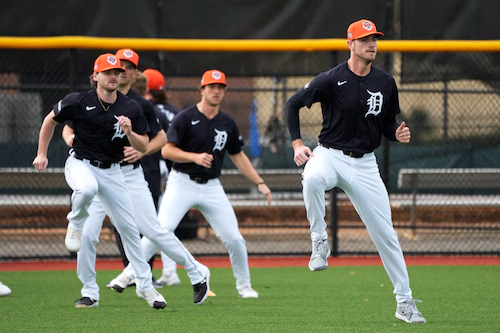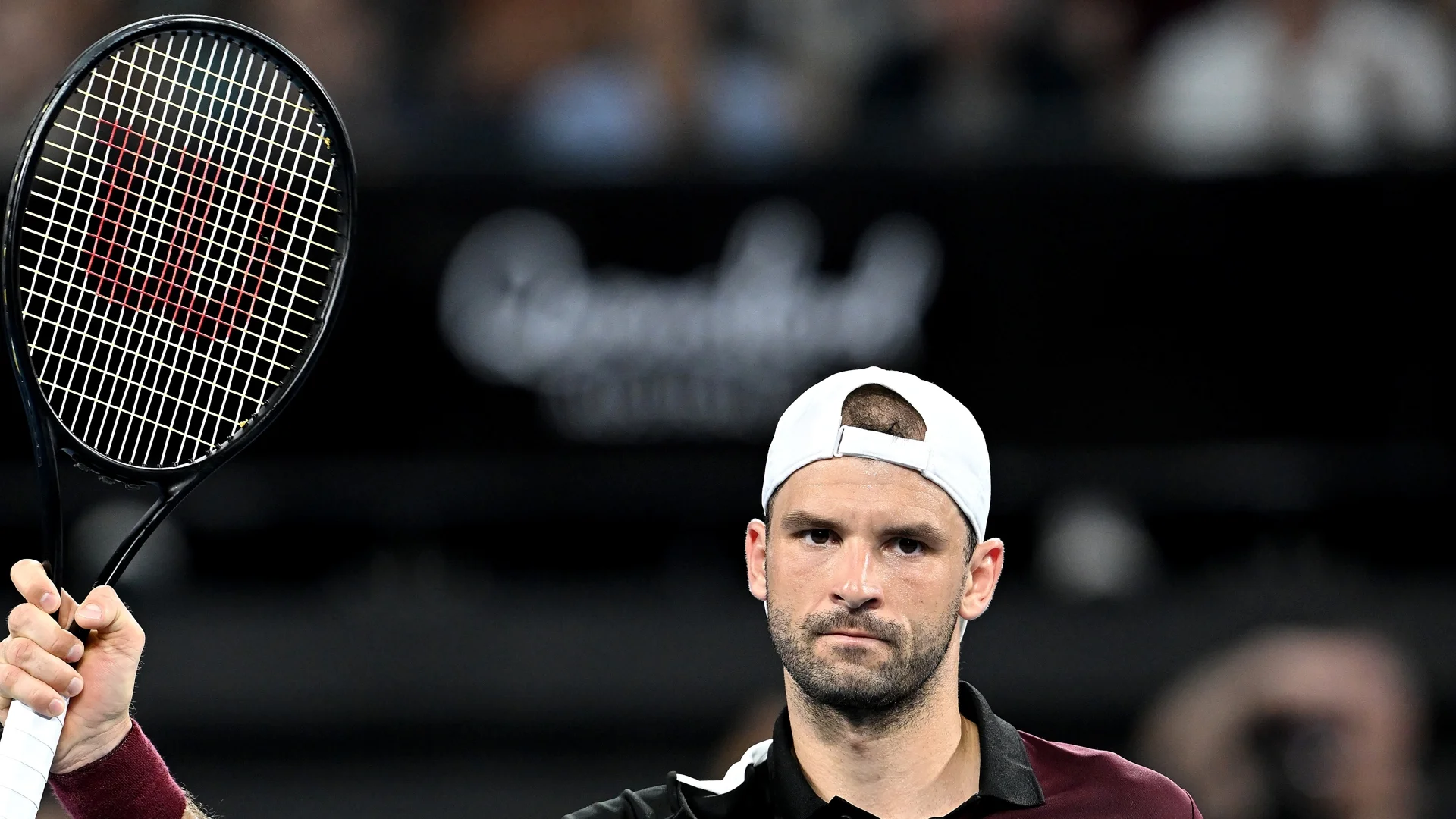
How the Tigers are defying a century of MLB tradition by assigning single-digit numbers to three of their pitchers
DETROIT — When Beau Brieske first started playing sports, he wore the No. 22 despite his mother’s objections.
“No,” she insisted, “your number is 4.”
Brieske, born on April 4 (4/4) in hospital room No. 4, noticed many coincidences with the number as he grew up. His initials, BB, represent the second letter of the alphabet, adding up to four. He finally embraced the number during middle or high school, wore it at Glendale Community College, and continued at Colorado State-Pueblo. He even tried to claim it in the minor leagues. After wearing No. 63 as a rookie, Brieske was delighted when No. 4 became available last season.
“It’s always been my number,” he said. “It’s kind of good luck and gets me back to my roots.”
Last week, the Tigers recalled Brieske to the majors, earning a unique distinction. Traditionally, pitchers don’t wear single-digit numbers, but this season, the Tigers have had three: Brieske (No. 4), Shelby Miller (No. 7), and Jack Flaherty (No. 9).
How rare is this?
Extremely rare. The Tigers are the first American League team ever to have three pitchers with single-digit jerseys in one season, according to Kenny Jackelen of Baseball-Reference. The only other team since 1944 to do so was the 2022 San Diego Padres with MacKenzie Gore (1), Blake Snell (4), and Javy Guerra (8).
“At the end of the day, they’re just numbers,” Brieske said. “But if it means something to you, you should go with it rather than a random number you’re ‘supposed’ to have.”
Tigers manager A.J. Hinch, though not usually one for old traditions, has commented on the oddity of pitchers wearing single-digit numbers.
“Yeah, it’s unique,” Hinch said. “I don’t remember having one, let alone, what is it, three now?”
Like many aspects of baseball, the rarity of pitchers wearing single-digit numbers is rooted in tradition.
The 1929 Indians and Yankees were the first teams to sport numbers on their jerseys, with the numbers reflecting the player’s position in the batting order. This is why Babe Ruth wore No. 3 and Lou Gehrig wore No. 4. Pitchers on the ’29 Yankees typically wore numbers 11-21.
Mark Stang, coauthor of the 1996 book “Baseball by the Numbers,” explains that early pitchers wearing single digits were often rookies called up midseason who played only briefly. One notable exception was Hall of Famer Bob Feller, who wore No. 9 as a 17-year-old rookie before switching to No. 14 and then No. 19. The 1942 Phillies hold the record with five pitchers wearing single-digit numbers.
“Up until the ’50s, at least 15 pitchers every decade wore single digits,” Stang said. “By the ’70s, it dropped to two. In the ’80s, it was one, and in the ’90s, three.”
Even after the batting order system was abandoned and more varied jersey numbers emerged, pitchers avoided single digits. For example, Dooley Womack briefly wore No. 3 for the 1970 Oakland A’s until Reggie Jackson persuaded him to switch to No. 16, as single-digit numbers were seen as inappropriate for pitchers.
Stang noted that a pitcher wearing a single-digit number still catches people’s attention because it looks odd and breaks with tradition. Today, center-field cameras focus on the pitcher during each at-bat, highlighting their jersey number prominently.
“You wouldn’t be writing an article about first basemen wearing a single digit,” Stang said. “But for pitchers, it strikes people as unusual.”
In 2001, pitcher Rob Bell was traded to the Texas Rangers and requested the lowest number available, ending up with No. 6, which even prompted a Wall Street Journal article on the subject. Less than 25 years ago, it was taboo for pitchers to wear single digits.
However, this stigma has softened over time. The NFL overhauled its numbering rules before the 2021 season, allowing most players to wear single-digit numbers, and players were permitted to wear 0 starting in 2023. In baseball, numbers above 50 were rare until the 1980s, but today, Yankees star Aaron Judge wears 99, demonstrating how times have changed.
Brieske acknowledges the stigma but believes it is fading, similar to trends in the NFL. The Tigers, a founding team of the American League in 1901, have recently embraced this shift. With five single-digit numbers retired at Comerica Park, three current Detroit pitchers are wearing the remaining single-digit numbers, a historical rarity.
Brieske is among the few active pitchers with a single-digit number, joining others like MacKenzie Gore and Yuki Matsui (1), Blake Snell (4), Alek Manoah (6), and Adam Ottavino and Marcus Stroman (0).
“It might seem a little weird at first,” said Detroit right-hander Casey Mize, who wears No. 12. “But more and more, guys are doing it. I don’t think players really care too much.”






